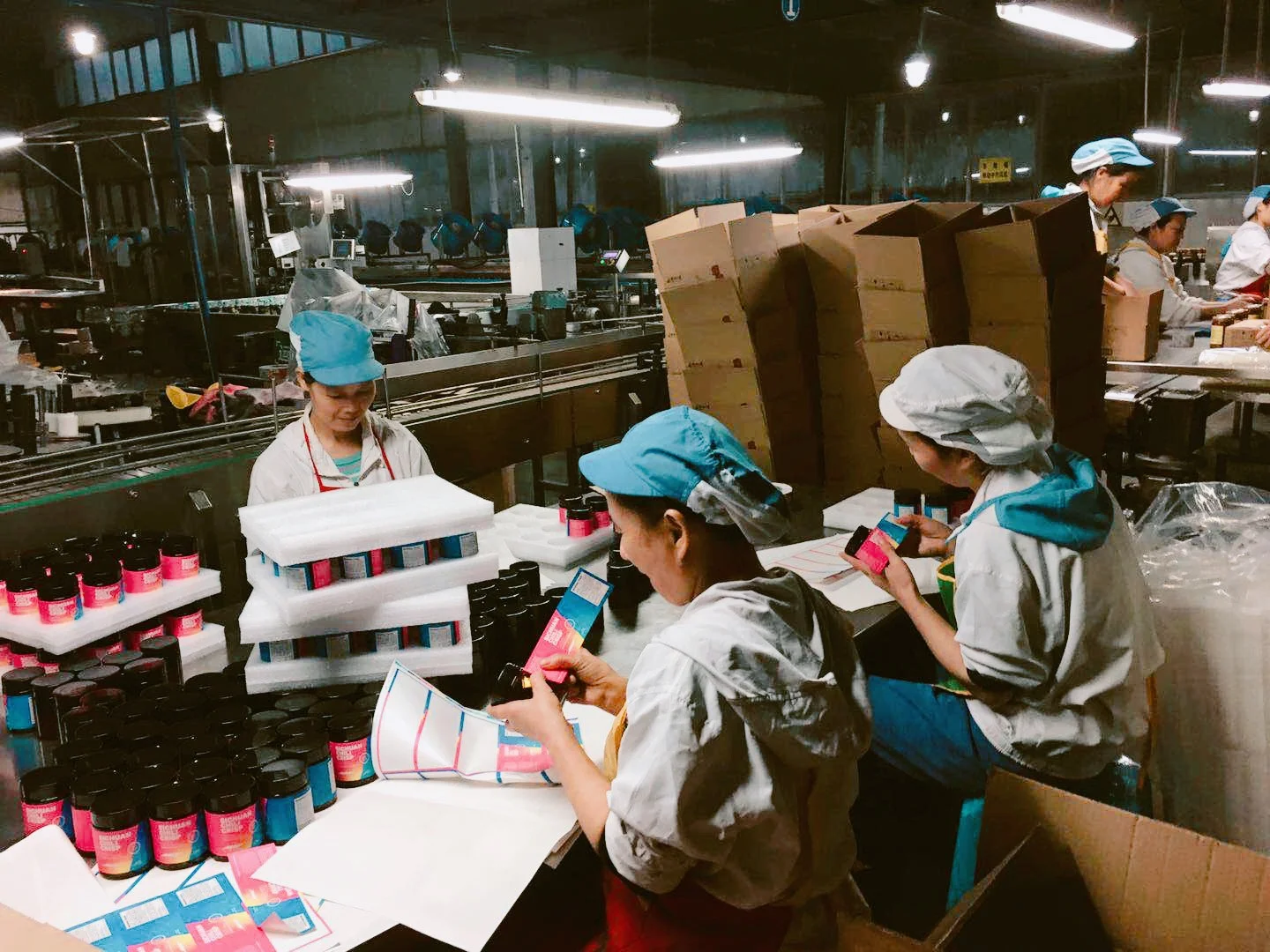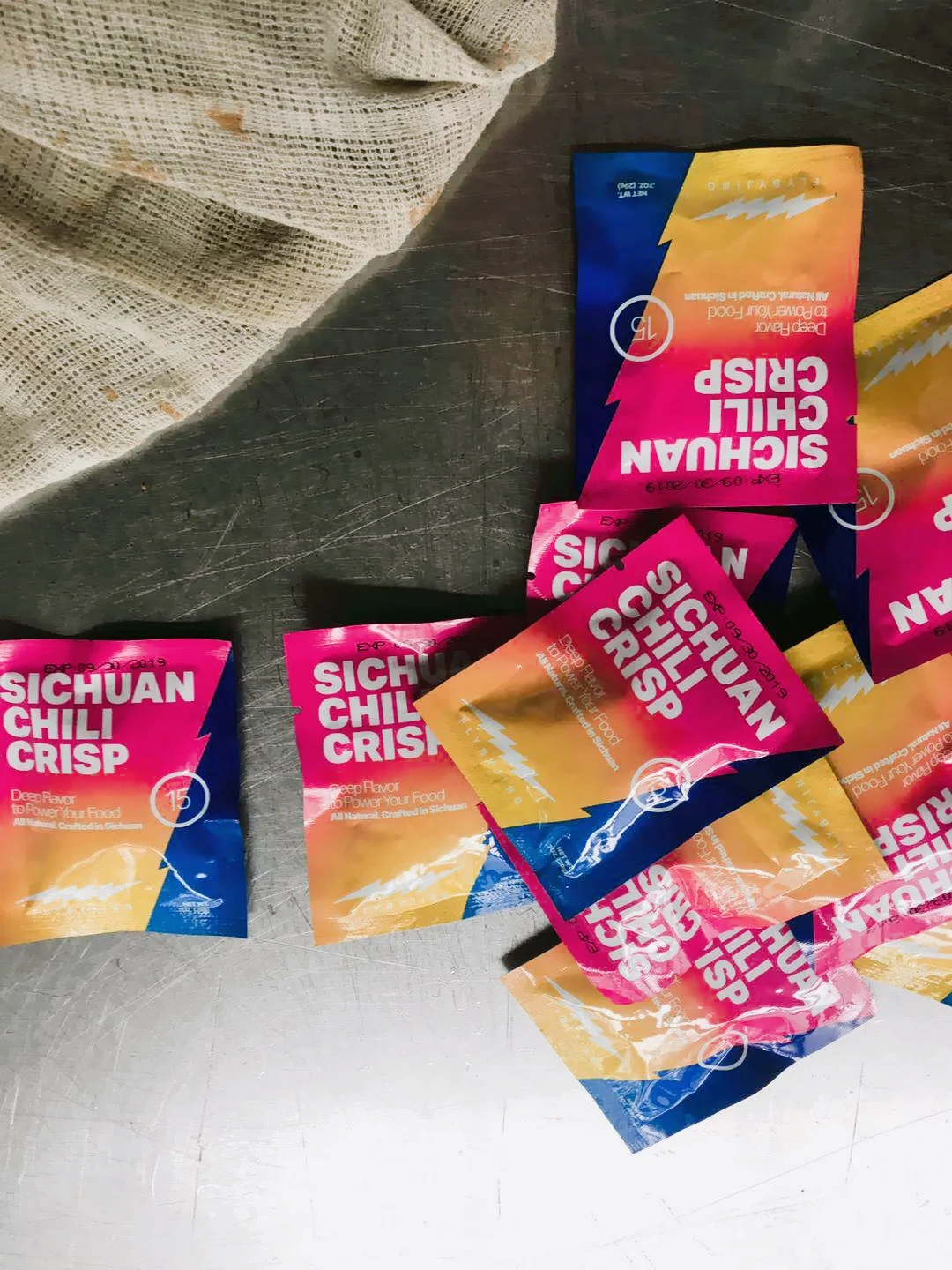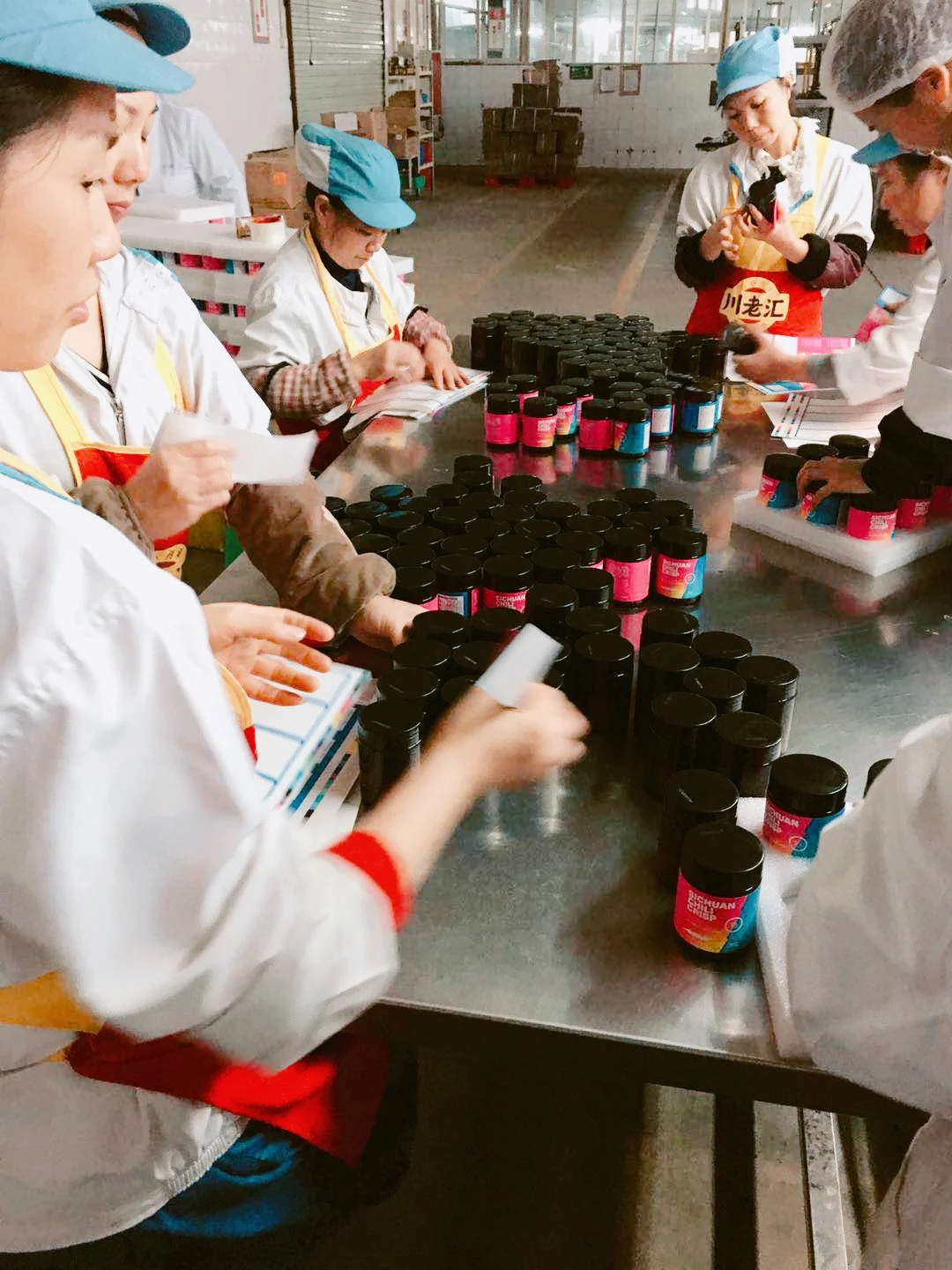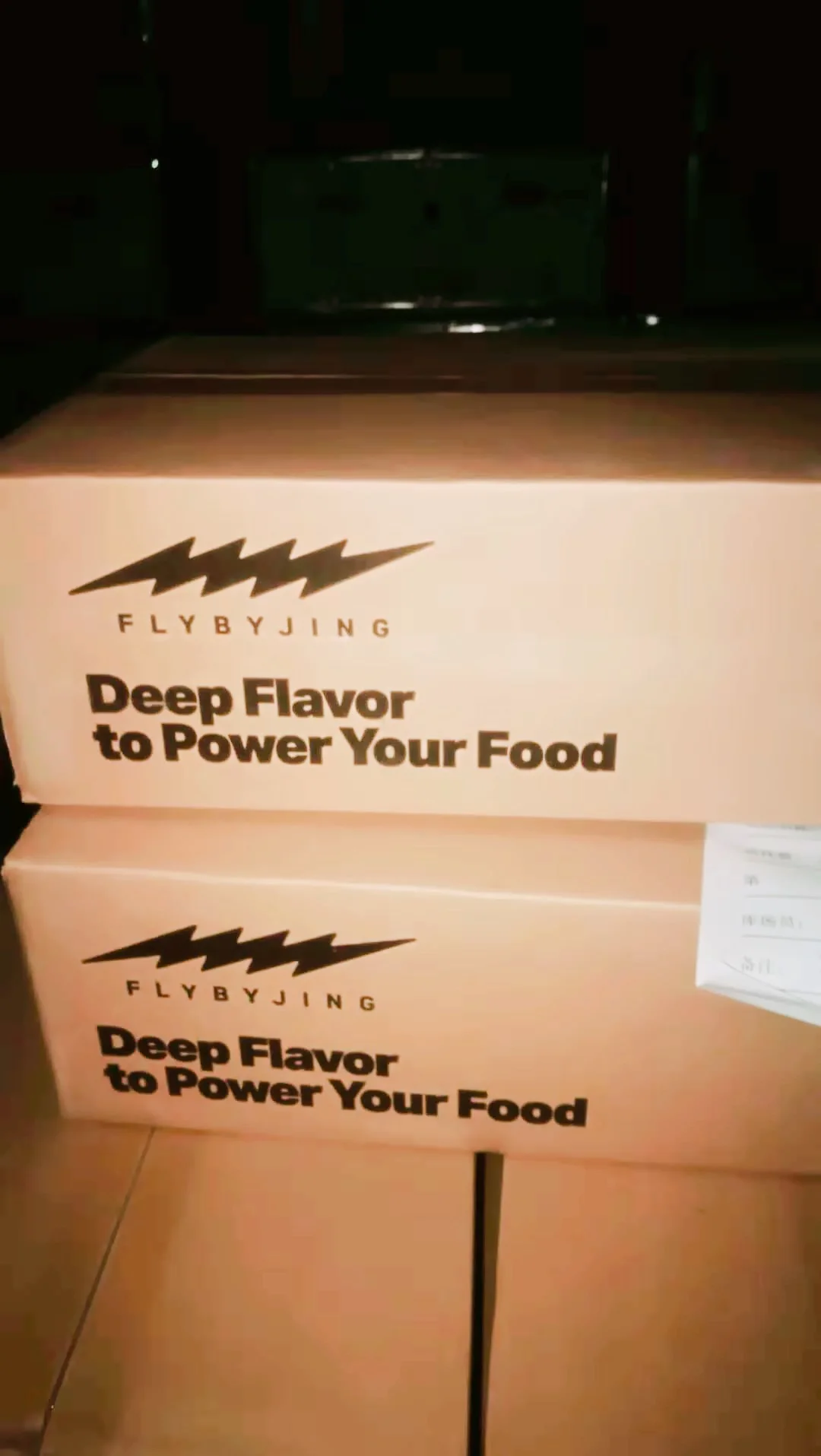What I Learned From Making Hot Sauce at Scale
Back in July, I launched a preorder campaign for my Sichuan Chili Crisp, the first 100% all-natural Sichuan chili sauce to hit the market. It became one of the highest backed food projects on Kickstarter, with over 1600 backers helping me exceed my funding goal by 350% in four weeks. I was finally ready to scale up production for the sauces I had been making out of my kitchen.
If that sounds triumphant and glamorous, it was anything but. I spent most of my waking hours in August and September at a factory in rural Sichuan, coordinating production and resolving the numerous issues that kept arising. No sooner were small wins gained before another obstacle would appear, threatening to teeter me over the edge of sanity.
After a harrowing journey, four tonnes of sauce — 19000 jars — are packed and palletized, and about to embark a container ship on their way to the US. In the short break I have until they arrive and it is time to start fulfillment, I thought I would share some of what what I learned from my first time producing sauces at a large scale
1. No one will demand excellence from your product except you.
When I first brought my formulas to the factory’s test kitchens, it surprised me how different the results tasted as compared to my homemade version — even though we were still testing small batches and using the exact same measurements.
This factory was known for their R&D expertise, had stringent ingredient standards and was definitely head and shoulders more expensive than any other in the industry (read my essay on Cleaver Quarterly for tales of my previous mishaps in manufacturing in China), so I trusted that they were using the best available ingredients on the market. I was wrong. What they were using was good enough, even better than, what most of their clients demanded. But I found that it took away the flavor profile that made my sauce stand out, and that wasn’t going to fly. Through a long and slow process of elimination, I tested and changed the source of almost every single ingredient in the formula to better meet my demands of the product; deep umami, fragrance, luster, texture and mouthfeel, all without the addition of any natural or artificial flavorings and extracts.
I was met with a lot of resistance from the operational team at the factory who did not want to upend their existing processes and add new tasks to their workflow just for my little chunk of business. It also increased my ingredient cost considerably, but after tasting the results, I have not looked back. The flavor differences are subtle and probably indiscernible to most, but it took the sauces from “oh yes this is really good”, to *eyes bulge out of sockets* “what is that?!” type of good. When it’s right, you just know.
Some of the ingredients that I changed include:
Chili supplier and blend: I found a supplier who stone-grinds their dried chilis the traditional way rather than using a machine, which retains the luster, natural oils and bright red color that I needed the sauce to have.
Sichuan pepper: the type the factory used was from the same region as the Tribute pepper I preferred, but not the premium kind I normally used. There truly is no comparison and I had to upgrade.
Fermented black beans : I kind of took these for granted before — how different could fermented black beans be from one another? But the answer is: a lot. The first beans they used were dry, noticeably underdeveloped in fermentation, and lacked the guttural punch and umami that I liked. I have come to realize that this little ingredient is actually the single most flavor-altering agent to impact the sauce over its life, as it continues to deepen and infuse its surroundings with time.
There were more ingredient changes, and I’ll share them with you if we ever sit down for tea one day.
I knew this insistence was the right decision, because no other product on the market was going to taste like it. The version that I’ll be shipping is even better than the original I cooked up in my kitchen 2 years ago that set me down this path, and that makes it all worth it.
2. Militant Precision Pays Off
One of the reasons the factory was so resistant to changing their suppliers was their very stringent process for ingredient approvals. It takes upwards of two weeks to approve a single new ingredient because the factory needs to run it through lab tests and request stacks of documentation from the supplier before they can allow it in their products. Food safety scares occur enough in China (and everywhere for that matter) to warrant extra caution, as even established suppliers have sometimes sent ingredients that contained impurities.
Because Chinese law states that a manufacturer is held liable for any issue with the product even if the blame lies with a third party, my factory was not about to take a risk. This meant that all my ingredient switching was a constant source of headaches for them, as well as frustration for me because I could not understand why they were so slow to implement my requests. In the end, their slow and steady approach paid off. I know we’ve done everything we could to eliminate potential points of risk, and that we’re working only with suppliers who have the same high standards that we hold ourselves to.
The labels were another painful lesson for me. I’ve been working with a designer I’ve adored for years to shape my logo and brand identity for Fly By Jing, and at my previous restaurant Baoism in Shanghai before that. I love the bold colors and eye-catching gradients in the labels he has designed for the sauces, but I quickly found out that what looks great on the computer screen was incredibly difficult to replicate in print. Printers in China aren’t quite as sophisticated as his designs demanded — a lot of them didn’t know what a Pantone swatch was. And to make matters worse, I had become enamored with rare neon colors that didn’t exist in standard Pantone books. Conversations with printers inevitably turned from ‘we can do it all’ to ‘sorry, we can’t do that’. I think I called up every printer in China in my search, and every single one suggested using digital printing instead of offset to achieve a 90–95% approximation of what I was looking for instead of dedicating the time and effort to create plates, color match to the exact Pantone swatches and run tests to smoothly blend the gradients.
After almost two months of running around in circles, we found a printer in Hong Kong with the deep level of expertise to finish the job. The bad news is that high quality color printing is expensive, and because this printer could only print in flat sheets, the stickers had to be applied by hand to each bottle instead of fed through a machine. This added extra cost during bottling — but time was running out so I bit the bullet and resolved to find another solution for the next run. The good news is, the labels look beautiful and are basically irreplicable — good luck to anyone who tries to knock off my branding.
3. Soft Touch Over a Hard Elbow
Early on, I was lucky to meet an elderly executive named Mr. T who acted as the right hand of the factory boss. He understood my mission, took a liking to me and has been my guardian angel throughout this whole sauce making process. Without him in my corner, I don’t think I could have pulled any of this off.
The factory I am working with is growing at such a rapid pace that bureaucracy and cumbersome processes are beginning to threaten efficiency and timeliness. Because of the complexity of what I was doing — introducing brand new products, changing formulations, and exporting to the US — I found myself running around to every department, from r&d to operations to finance and sales. Like my early days working as a brand manager at P&G, I had to corral and mobilize all the departments in order to achieve my mission, except now I wasn’t working on a billion dollar brand that everyone was paid to help with. I hated not being able to take things into my own hands, especially as promises to deliver on projects regularly ballooned from days into weeks, and sometimes deflated altogether.
It felt like pulling teeth, and I found it hard to hide my frustration and impatience. More than a few times, Mr. T had to tell me that my approach was too direct, too…’American’, and that things just didn’t work that way in China. Here, things are implied rather than said, a negotiation is more like a dance, and sometimes you need the help of a gift here and there. Needless to say, Mr. T had to dig me out of more than one hole and use his own social capital to help push my project through. I realized that attuning myself to needs and constraints of my collaborators may feel frustratingly slow in the short term, but would help me accomplish far more than I could ever do on my own in the long run.
4. The Human Element of Food Manufacturing
When I initially thought about producing my sauces at scale, the picture in my mind was of a well-oiled assembly line, an infinite snaking conveyor belt of glass jars with the perfect amount of chili crisp dispensed from magical spouts. I was going to make my riches from the millions of jars and single serve pouches I could produce at the drop of a hat.
I was immediately brought back to reality when the factory told me there was no way the jars or the single serve pouches I had dreamt up or even the jars could be machine filled. I didn’t understand. So many sauces and beverages were machine filled, and Heinz had single-serve packets, so why couldn’t I? The answer: Sichuan Chili Crisp was too chunky for the small spouts of all of those machines, and would clog too easily.
I thought of alternatives. Maybe I could puree the contents and make it a slurry. That would work in the machines, but the sauce would lose all its texture, the crunchy bits, the deeply umami bites of fermented black beans. The distribution of flavors in each bite would be off. Around this time, I met someone who had taken a tour of the revered Laoganma factory in Guizhou. He told me something that shocked me: not only is every bottle of Laoganma hand filled, every batch of chili sauce is fried by hand in cast iron woks instead of the industry standard stainless steel drums to prevent the fermented black beans from breaking.
In that moment, I realized why Laoganma has such a strong hold on the market — no other company in their right minds would invest in so much sheer unscalable manpower in the name of product integrity. It may be that the Guizhou countryside is the only place in the world where the cheap labor and land will allow for this business model, but that is the level of dedication necessary for world domination.
If that’s what it took for the OG player in the game, that’s what it was going to take for me. I have the benefit of being able to fill my products in China, where it will cost me far less than in the US. Still, this proved difficult for the 1 ounce single serve packs that I insisted on producing, and they weren’t able to fill everything I ordered on time for this shipment. At the end of the day, I’m glad I didn’t compromise quality for quantity. In a time when disregard for the experience of food has become the norm and is even celebrated — I’m looking at you Soylent, and all the sandy-textured protein bars out there — insistence on the human element in food production is more important than ever.
5. There Is Always A Way
I’ve been told ‘no’ about a hundred times during this process. Factories have refused to work with me. I was told my process couldn’t be scaled, that my sauces couldn’t be bottled, that my labels couldn’t be printed. Even the (very reputable) US fulfillment company that I had signed an agreement with suddenly and without explanation said they were no longer able to ship my orders, sending me scrambling to find a new fulfillment partner at the last minute. Every time I came back to square one, I found that there was another, and better way. There is no roadmap to success when you go down a path that hasn’t been tread before. In my case, the factories had never seen a product like mine, especially one that had such high demands of ingredient quality, craftsmanship, and no artificial flavorings and preservatives to boot. It took over a year just to find a factory with legitimate documents to export to the US, instead of just promises to deliver through ‘underground’ channels. But when the vision is clear — creating and bringing the first all-natural line of authentic and deeply flavorful Chinese condiments to the US market — you just keep trying every door until one leads you a little bit closer.




